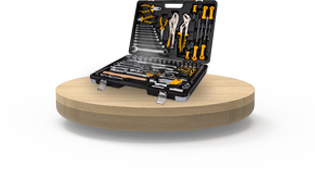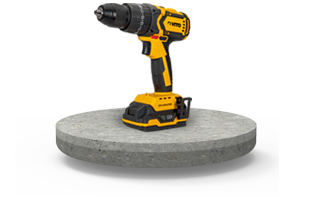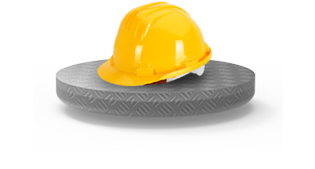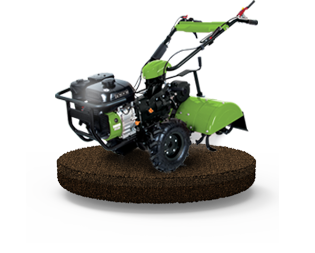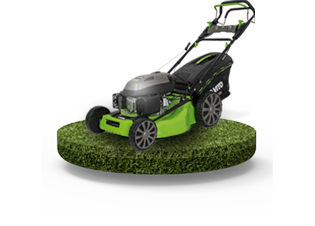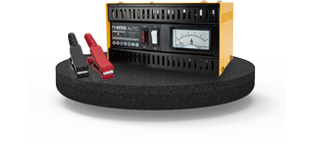
9 Types of VITO Hammers: One for Every Task
The hammer is an indispensable tool for manual work, but with so many types available, distinguishing between them can be challenging.
VITO helps you understand the differences between the various types of manual hammers so you can choose the most suitable option for your projects, ensuring not only efficiency but also comfort during use.
1. Paving Hammer: Ideal for working with stone, especially on cobbled pavements. It features two differently shaped ends that make it easier to both break and adjust stones.
2. Mason’s Hammer: Commonly used on construction sites, it’s perfect for cutting and shaping bricks, cement blocks, or stones.
3. Claw Hammer: Essential in woodworking, it combines strength and precision, making it perfect for driving or removing nails.
4. Joiner’s Hammer: Characterised by its light weight, it’s used for delicate woodworking tasks where detail and precision are required to avoid damaging the pieces.
5. Solid Claw Hammer: Suitable for heavy-duty work with wood, brick, and concrete, it stands out for its durability, practicality, and strength.
6. Non-Rebound Hammer: Designed to absorb impact and prevent rebound, it’s the right choice for adjustment or assembly work that requires greater safety and control.
7. Ball Pein Hammer: With one flat face and one rounded face, it’s widely used in metalworking, essential for shaping, striking, or expanding metal.
8. Cross Pein Hammer: Easily recognised by its elongated, wedge-shaped head, it’s used in metal fabrication to shape and adjust metal.
9. Multi Purpose Hatchet Hammer: Designed for electrical and plumbing work, it allows for efficiently opening chases in walls, making it easier to run cables or pipes.
At VITO, you’ll find the right hammer for every task — whether on a construction site, in the workshop, or for small home projects.
Each model is designed to ensure safer, more precise, and ergonomic work.
